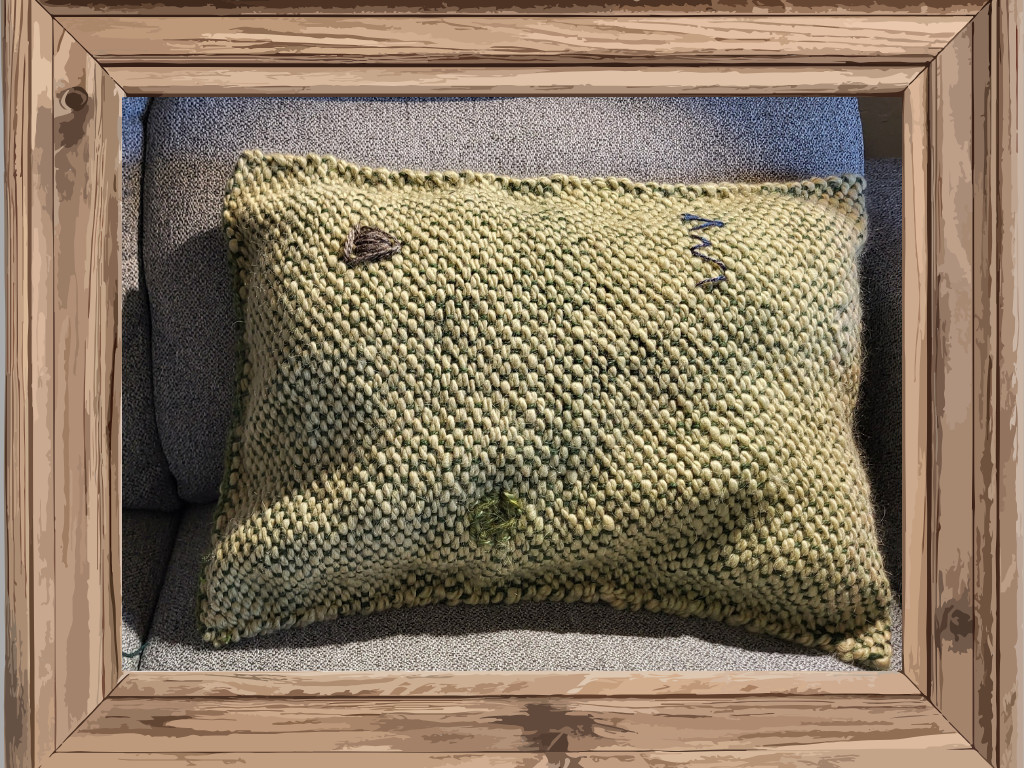Since this is Thanksgiving week in the US, I've been taking stock of the many things for which I'm grateful. (I keep a daily gratitude journal where I record five things I'm thankful for, which must be different from the five things noted the day before. This practice, recommended by my fantastic business coach Tania Vasallo, has helped me get through the craziness of the last few years.) My trip to the 'Stans in September and October ranks very high on the top 25 list of gratitude-inducing events in my life.
Since most people have a busy holiday schedule and would rather devote their time to connecting with family and friends than reading newsletters, I decided to keep this post shorter than usual. I hope you enjoy these photos of some of the moments from the 3 'Stans Tour that I remember with the most gratitude.
As I tried to select photos, I realized how many moments fit into my "gratitude basket." So I decided to limit this installment to our time in Tashkent, Bukhara, and Samarkand, Uzbekistan, especially some of the moments that might not be on the typical tour of Uzbekistan. I'll share more from my gratitude basket in the future.

I'm grateful for the opportunity to experience countless shopping adventures showcasing Uzbekistan's beautiful crafts. (And no, I didn't buy the jacket in the photo, but another one should arrive in a couple more months.)

This memorial (and the nearby museum) opened in 2000. Both focus on the memory of the Uzbek victims of repression during the tsarist and Soviet eras. I am grateful that I had the opportunity to learn how Uzbekistan is grappling with the dark side of its past while still moving forward. Managing a productive ongoing relationship with Russia is tricky in these challenging times. Seeing how the museum and memorial tell the story of this dark past with artistic beauty was very moving.

I am grateful that I had the opportunity to see the beautiful stations of the Tashkent Metro, which look more like museum halls than transport stations. Unfortunately, until recently, no one was allowed to photograph the stations. For more information and photos about various stations, click here.
The medallion featuring Valentina Tereshkova and commentary from our local guides all through the 'Stans reminded us that one of the positive aspects of the Soviet period was the progress toward gender equity. During the Soviet period, girls and women first enjoyed wide access to educational opportunities and professions outside the home. As our guides were fond of saying, "there are two sides to the [Soviet] coin."



When Munira and I visited the studio of Master Abdul Vahid in Bukhara, I was captivated by this ceramic plate. While many beautiful ceramic pieces were on display in his studio, my eyes kept returning to this one plate. There was just something about it that was magnetic. When he explained its meaning in a short video–that he wanted to express his dismay at his sense that the Uzbek people are losing their cultural heritage– it burrowed even deeper into my heart. I left the studio without the piece but still thinking about it.
By the next day (when we were already on our way to Samarkand), I had decided that it was mine and my task was simply to make the necessary arrangements. With the help of many people, it finally arrived in Albuquerque this week, and I'm now deciding exactly where to display it. (More on the story of the plate in a future blog.)
I am so grateful for the experiences and the many people that made it possible for me to discover this beautiful piece of art and bring it home.



I grew up hearing my great-grandmother's stories about picking cotton as a girl in southern Oklahoma. While in Uzbekistan, I finally had the chance to step into a cotton field and pick my own little collection of cotton puffs.
Well, that's enough for today. Enjoy the rest of the holiday weekend with your family and friends.







Rikki, I thoroughly enjoyed reading your “gratitude” article. I look forward to seeing your plate on display one of these days! I hope you enjoyed your Thanksgiving feast with the family, as we did with ours!
Leave a comment